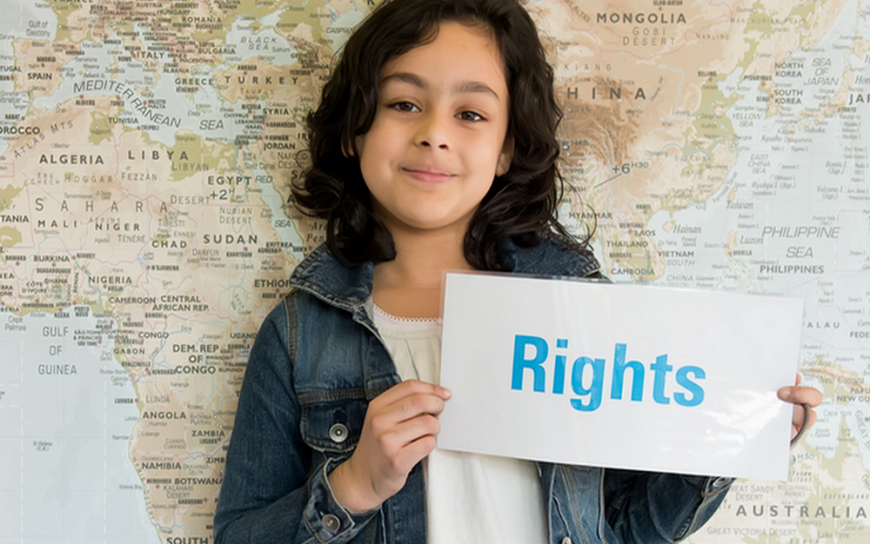Beyond a Living Apart Together Relationship: A Children’s Rights Perspective on Child Well-being
At first sight, child well-being and international children’s rights law have much in common. Specifically, they both focus on a category of human beings defined by age (children), and both are concerned about ‘child flourishing’. Surprisingly perhaps, the word well-being is rarely used in children’s rights work, and it is not very prominent in the leading human rights instrument on children’s rights, the Convention on the Rights of the Child. In this paper, I pursue two objectives. First, I want to find out how the notion of child well-being has been constructed in international children’s rights and which proxies in the latter can help to imbue the concept with meaning. Second, I explore whether and how the fields of children’s rights law and child well-being may engage in a fruitful dialogue. I challenge the view that children’s rights are unable to offer more than a minimalistic checklist for child well-being, identify learning points for children’s rights, and propose speaking points for a sustained dialogue between the two fields.
Population Review
Volume 60, Number 1, 2021
Type: Article, pp. 51-74
Beyond a Living Apart Together Relationship: A Children’s Rights Perspective on Child Well-being
Author: Wouter Vandenhole
Affiliation: Law and Development Research Group, Faculty of Law, University of Antwerp
Corresponding author/address: Professor of Human Rights and Children’s Rights Law, Law and Development Research Group, Faculty of Law, University of Antwerp, Belgium; email: wouter.vandenhole@uantwerpen.be
Abstract
At first sight, child well-being and international children’s rights law have much in common. Specifically, they both focus on a category of human beings defined by age (children), and both are concerned about ‘child flourishing’. Surprisingly perhaps, the word well-being is rarely used in children’s rights work, and it is not very prominent in the leading human rights instrument on children’s rights, the Convention on the Rights of the Child. In this paper, I pursue two objectives. First, I want to find out how the notion of child well-being has been constructed in international children’s rights and which proxies in the latter can help to imbue the concept with meaning. Second, I explore whether and how the fields of children’s rights law and child well-being may engage in a fruitful dialogue. I challenge the view that children’s rights are unable to offer more than a minimalistic checklist for child well-being, identify learning points for children’s rights, and propose speaking points for a sustained dialogue between the two fields.
Keywords
Child well-being, children’s rights, best interests of the child, full and harmonious development, international children’s rights law
© 2021 Sociological Demography Press
MLA
Vandenhole, Wouter. “Beyond a Living Apart Together Relationship: A Children’s Rights Perspective on Child Well-being.” Population Review, vol. 60 no. 1, 2021. Project MUSE muse.jhu.edu/article/785308.
APA
Vandenhole, W. (2021). Beyond a Living Apart Together Relationship: A Children’s Rights Perspective on Child Well-being. Population Review 60(1), https://www.muse.jhu.edu/article/785308.
Chicago
Vandenhole, Wouter. “Beyond a Living Apart Together Relationship: A Children’s Rights Perspective on Child Well-being.” Population Review 60, no. 1 (2021) muse.jhu.edu/article/785308.
Endnote
TY – JOUR T1 – Beyond a Living Apart Together Relationship: A Children’s Rights Perspective on Child Well-being A1 – Vandenhole, Wouter JF – Population Review VL – 60 IS – 1 PY – 2021 PB – Sociological Demography Press SN – 1549-0955 UR – https://muse.jhu.edu/article/785308 N1 – Volume 60, Number 1, 2021 ER –
Always review your references for accuracy and make any necessary corrections before using. Pay special attention to personal names, capitalization, and dates. Consult your library for more information on citing sources.




